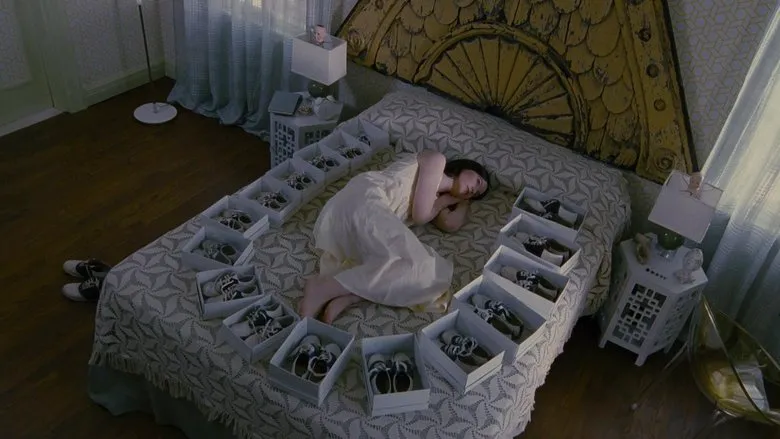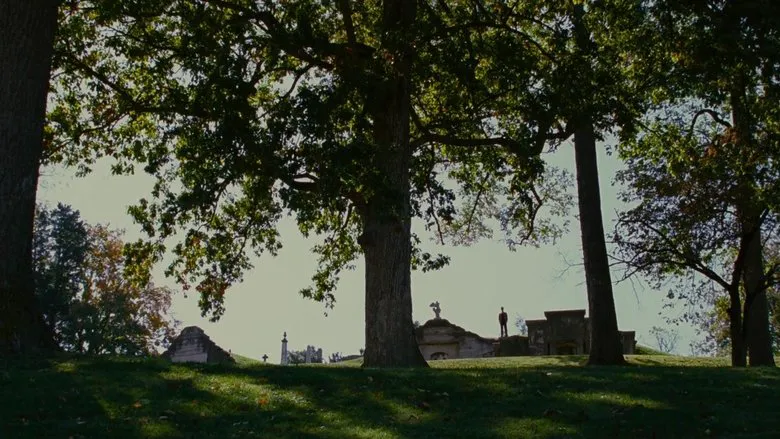A Symphony of Shadows: Unpacking Park Chan-wook’s ‘Stoker’
Movies, in their purest form, transcend mere visual narratives; they are multi-layered experiences that demand both deep listening and nuanced interpretation. Park Chan-wook’s “Stoker” stands as a preeminent example of this artistry, weaving together intricate visual, auditory, and thematic threads with the effortless grace of the protagonist’s preferred blend of chocolate and vanilla ice cream. Its audacious storytelling and impeccable production place it in a league approaching that of South Korean contemporaries like Bong Joon-ho’s “Parasite,” asserting its position as a beacon of current Korean genre cinema that consistently pushes past conventional Hollywood boundaries. For aspiring film students eager to dissect complex audiovisual language or seasoned cinephiles who relish unearthing conceptual symbols, “Stoker” offers an exceptionally fertile ground for analysis. Technically, it feels like an evolved descendent of his earlier work, such as “Joint Security Area,” tackling the profound and deeply personal question of “Who am I?” with remarkable simplicity, striking abstraction, and undeniable aesthetic allure. As for textual interpretation, is it even explicitly needed? The melancholic and revealing notes of the end credits song seem to whisper all the answers one could seek.

Upon its release, “Stoker” firmly cemented Park Chan-wook’s reputation as a master of psychological thrillers, capable of crafting intensely atmospheric and deeply unsettling narratives. The film’s unique blend of Gothic suspense and intricate character study is reminiscent of classic tales, yet completely reinterpreted through a distinctively modern, almost dreamlike lens.
The Unveiling of a Dark Kinship
The narrative of “Stoker” begins chillingly, centering on a young girl thrust into an abrupt and bewildering transition. On India Stoker’s eighteenth birthday, a milestone meant for celebration, she receives the devastating news of her father Richard’s sudden accidental death. While her mother Evelyn, who shared a visibly strained relationship with her late husband, registers visible relief and a somewhat superficial sadness, India, who bonded deeply with her adventurous father through shared hunting expeditions, finds herself consumed by raw, unbridled grief and pain. This emotional chasm between mother and daughter sets the stage for the entry of a pivotal new character.
At the somber funeral, a figure emerges, introducing himself as Richard’s brother, Charlie, who claims to have just returned from years of traveling the world. With a disarmingly kind smile that barely masks an unnerving aura of coldness, he quickly ingratiates himself with Evelyn. She, in turn, openly displays an immediate and almost unsettling enthusiasm for Charlie, quickly inviting him to reside with them in their isolated, opulent family estate. However, India, perceptive and guarded, harbors a profound resistance and innate wariness towards this enigmatic, newly arrived uncle, intuiting the lurking shadows beneath his charming façade. Her intuition proves to be a chilling compass in the unfolding saga.
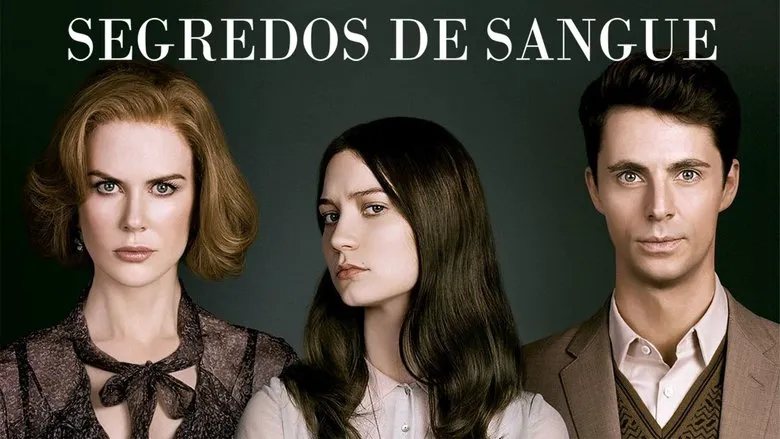
Dissecting the Shadows: Decoding the Themes
At its core, “Stoker” is a profound exploration of a family bound not just by blood, but by a shared, dangerous genetic predisposition towards violence. Yet, beneath this dark undercurrent of an inherited predilection for killing, each member yearns profoundly for the universal human needs of love, recognition, and genuine connection. This complex interplay is masterfully illustrated through Charlie’s twisted concern for his niece: his almost childlike tears upon being rejected by India, and eerily, his smile when confronted with a gun, an ecstatic reaction signifying the immense, chilling joy of finally discovering a kindred spirit in his secluded, violent world. This disturbing sense of belonging is a key thematic cornerstone.
Every facet of the film – its breathtaking visuals, unsettling content, precise editing, and haunting soundtrack – is crafted with exquisite attention to detail. This meticulous artistry resonates deeply with audiences who appreciate films that are both intellectually engaging and æsthetically rich, films that reveal their secrets gradually while maintaining an aloof, almost unapproachable mystique. The film’s ability to be both accessible and profoundly enigmatic ensures a lasting impression, prompting viewers to return and unravel its layers.

A Critical Lens: Style Versus Substance
Initially, many viewers might perceive “Stoker” as a straightforward narrative of hatred or even simple familial discord. Yet, as the layers peel away, it profoundly reveals itself to be a story steeped in abnormality – a psychological character study disguised as a thriller. As one astute commentator noted, the film is undeniably brilliant in countless respects, presenting a narrative that is poetically perverse, exquisitely elegant, and remarkably refined in its execution. Every frame is a painting, every sound a note in a carefully composed symphony of dread.
However, a potential criticism arises from its very strength: the film’s almost obsessive focus on intricate details and hyper-stylized aesthetics can, for some, inadvertently expose a certain mundanity in the underlying story. While Park Chan-wook’s films are almost universally lauded for their astounding visual appeal, they occasionally teeter on the edge of sacrificing narrative depth for stylistic flourish. When a film is adorned with such an abundance of embellishments and artistic adornments, one might ask: does the core narrative risk becoming too hollow to genuinely warrant the designation of a “masterpiece”? From the second half onwards, the taut suspense that so effectively captivates the audience during the film’s opening acts gradually diminishes, revealing a plot that, beneath its dazzling surface, might be perceived as lacking truly lasting impact or complexity.

The Art of the Frame: Crafting Cinematic Language
Beyond its narrative, “Stoker” excels as a compelling study in female awakening, rendered with an unparalleled fluidity and sophistication in the director’s cinematic techniques, exhibiting a smoother and more refined execution than in many of his previous works. The editing, transitions, and immersive sound design are not merely functional but ingeniously conceived, elevating the film to a sensory experience. Consider the poignant use of piano sound effects, the seamless and symbolic transition from strands of long hair to swaying wild grass, or the rapid, disorienting cuts that punctuate the pivotal confrontation between India and her uncle on the staircase – each instance creates a powerful, dual sensory immersion for the viewer.
This fragmentation of the narrative, expertly buttressed by the film’s ingenious editing, serves a dual purpose: it builds tension while subtly concealing any perceived thinness in the underlying plot. The entire first half of the film is meticulously designed as a suspenseful psychological thriller, with the atmospheric soundtrack playing a crucial role in building an almost unbearable tension. But when the truth is finally laid bare, the film decisively embraces a stark, almost balletic display of violent aesthetics. It is the chilling sound of a gunshot, not just a literal bang, that marks India’s true, albeit dark, rite of passage into adulthood, symbolizing her profound transformation. As another commentator aptly described it, “Stoker” is nothing less than a “cold-blooded feast” for the senses and the intellect.
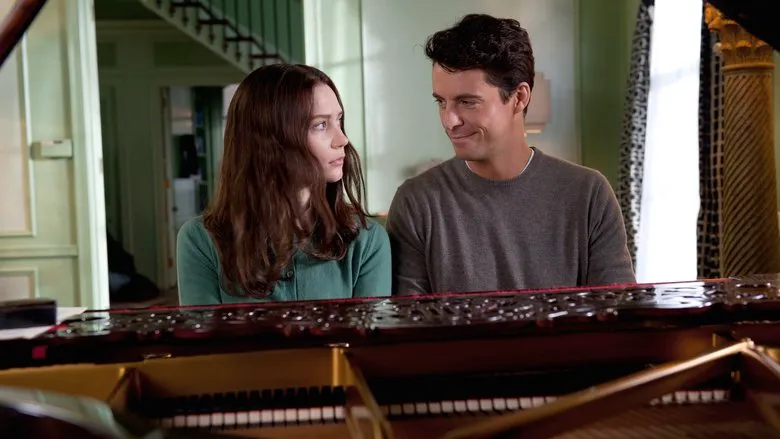
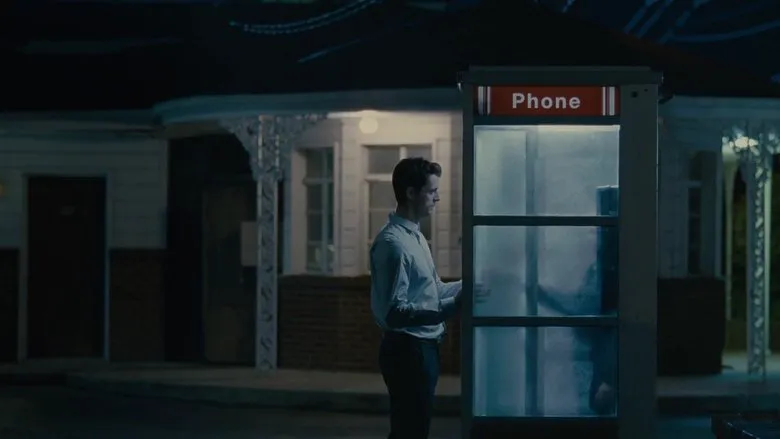
Concluding Thoughts: Style, Symbolism, and Self-Discovery
While “Stoker” may not present groundbreaking feminist perspectives or boast a plot as inherently captivating as some of its contemporaries, its undeniable power lies elsewhere. Park Chan-wook’s distinctive personal style and the meticulously crafted cinematic language he employs imbue the film with layers of profound new meaning. The editing, in particular, transcends mere pacing; it maximizes the artistic value of montage, creating a visually rich tapestry where every cut serves a purpose beyond narrative progression.
The entire film is a feast for the eyes, replete with structurally aesthetic visuals, strikingly stylish costumes, and the unsettling framework of a bizarre and dangerous love triangle. India’s eighteenth birthday, a day traditionally marking a transition into maturity, becomes, in this unique context, a pivotal moment of breaking out of one’s shell and undergoing a chilling, irreversible transformation. The film subtly echoes a profound philosophical truth: just as flowers cannot choose their color, people largely cannot choose who they are destined to become. Instead, one’s intrinsic nature, one’s very being, is profoundly shaped by the “style of the vase” and the “quality of the soil” – metaphors for external environment, upbringing, and genetic predisposition. Only by truly comprehending and accepting these profound influences, this preordained genetic tapestry, can India, and perhaps anyone, find a perverse, unsettling freedom within the confines of their existence.
